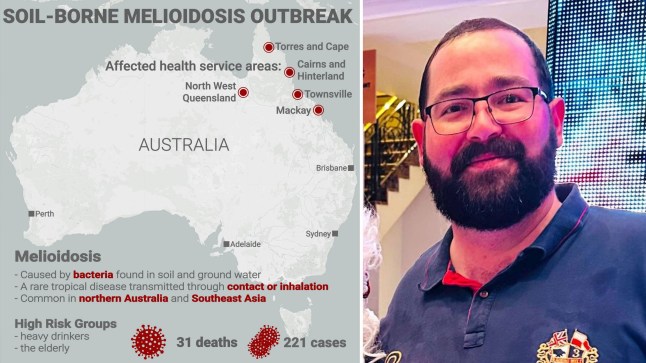05-16
Dangerous! Huge amount of cast couplers used in SDA
 2021-04-17
2021-04-17
 Azcentral
Azcentral
-- Fatal danger in SDA anchoring caused by cast coupler
Couplers are usually made by machining, however, there are still a certain amount of couplers which are made by casting. We are always asked by customers for three questions:
- Is it safe to use cast coupler in SDA application?
- Is the connection capacity qualified between cast coupler and SDA bar?
- Would broke occur on cast coupler during installation?
To address the questions fully, we arranged an interview with Mr. Zhao (Engineer from Designing Institute, Sino-Railway 2nd Bureau) and Mr. Zhang (Casting Engineer with 30 years of casting experience) respectively.
There are 3 factors which should effect on the quality of couplers:
- Thread tolerance: which should effect on the connection capacity with bar.
- Steel internal structure: which would cause broke potentially and also influence the anti-corrosion.
- Steel structural density: which should decrease the capacity and also influence anti-corrosion.
1. Thread tolerance:
The function of coupler is to connect between two bars to extend the length, and as an integrated system, the connected capacity between bar and coupler should also meet the designed specification. The thread tolerance is a key to guarantee the connection and capacity. If the tolerance is oversized, the connection between the bar and coupler is becoming smaller which would cause slip between at earlier stage.
Here is a comparison on the tolerance control on machined and casted coupler
Coupler made by | Thread formed by | Different effect on tolerance | Tolerance |
Machining | CNC machine | • Should be controlled very precisely. • High reliability. | < 0.3 mm |
Casting | Mold casting | • Tolerance is heavily affected by humidity, temperature, formula, etc. • Difficult to control precisely. • High instability. | > 0.3 mm |
Question: The random test on connection capacity between cast coupler and bar is qualified. Does it mean the coupler is qualified?
Due to the nature of cast process, the quality is not reliability, and random test cannot decide the quality, but full range of test, however, which is not possible obviously.
2. Steel internal structure:
let’s imagine, if the cast coupler you are drilling has bubble or crack internally which are invisible from surface, what would happen during drilling and afterwards as well?
The answer is:
• Broken on coupler during drilling.
• Broken during pull out test after installing.
• Corrosion starts from the bubble or crack in years.
Here is a comparison on the internal structure on machined and casted coupler
Coupler made by | Thread formed by | Different effect on internal structure |
Machining | CNC machine | • Hot forging material from steel mill. • Compact structure. • No any internal defect. |
Casting | Mold casting | • Internal structure is heavily affected by melted temperature, cast module, formula and manual operation. • The internal bubble and crack are inevitable, and even worse, which are invisible from surface. |
Question: No broke occurs on my cast coupler during drilling. My coupler does not have problem.
Bubble or crack does not occur on each coupler during casting, however, due to its unpredictability and invisibility, it would leave a fatal defect to the safety of the project in case the internal defect exists.
Question: My supplier tells me the steel used to cast the coupler is a higher grade. The bubble and crack would still occur?
The answer is yes. Nowadays the steel used for casting coupler in current market is mainly added more content of Ni and Mo which increases mainly the strength and ductility, but not helpful to decrease the issue on internal structure, such as bubble and crack.
3. Steel structural density:
Even the steel product made by the top cast process can only reach 80% of the hot rolled steel in structural density. It would be very risky to use the cast coupler as an anchorage device in safe installation projects.
Here is a comparison on the structural density on machined and casted coupler
Coupler made by | Thread formed by | Different effect on structural density | Organizational Structure |
Machining | CNC machine | • Hot forging material from steel mill. • Compact structure. • No any internal defect. | Compact structure |
Casting | Mold casting | • Formed by injecting melted steel water into the mold. • Lack of compact structure from many rounds of rolling. | Loose structure |
Question: My supplier tells me the steel used to cast the coupler is a higher grade. Will the internal structure still be loose?
The answer is yes. As mentioned above, the steel used for casting coupler in current market is mainly added more content of Ni and Mo which increases mainly the strength and ductility, but are not helpful to improve the internal structure, as it is decided by the cast process.




